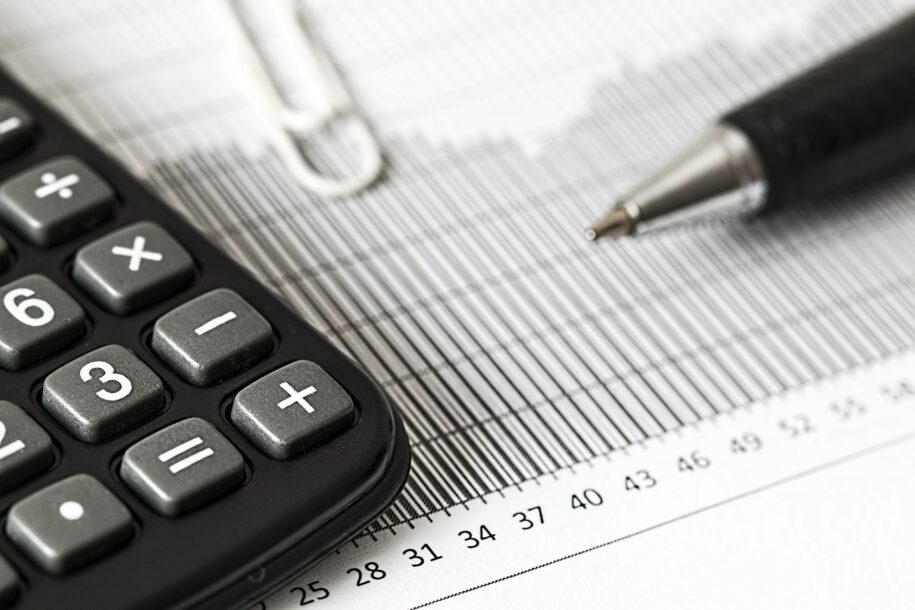Are you a Self Employed business owner, or a property landlord?
Do you have total business and/or property income above £10k per year?
If the answers are yes, then you will need to follow the MTD for ITSA rules
Unsure how this might affect you?…Let us guide you through the new rules
What is Making Tax Digital for Income Tax Self Assessment?
- MTD for ITSA means the Self-Assessment tax return will be replaced by five new reporting deadlines
- You will be required to submit four quarterly updates to HMRC along with a final year-end declaration
- Each update will include each separate source of income (self employment and/or property income)
- Following a number if delays, this is now due to start for accounting periods beginning on or after 6 April 2026
- It affects self-employed businesses and landlords with annual business turnover above £10,000
- Digital records of all transactions will be needed to submit the quarterly updates to HMRC
Top Tip!!!
If you are not already using software for your record-keeping/accounting get started now by using a type of accounting software which is MTD compliant, e.g. XERO
Feeling concerned, confused or worried? Don’t be, we can help… you’ll smash this
How will I send quarterly updates?
HMRC will expect you to send a summary of your business income and expenses to them every three months using MTD-compatible software.
The deadlines for submitting quarterly updates will be the same for everyone and will be effective from the start of the tax year on 6th April 2024 and will be required as follows:
Quarter Period Deadline
[1] 6 April – 5 July 5th August
[2] 6 July – 5 October 5th November
[3] 6 October – 5 January 5th February
[4] 6 January – 5 April 5th May
Finalising your business income
At the end of the tax year, you’ll need to finalise your business income by completing an end of period statement (EOPS) for each source of income, along with a final declaration that replaces the current Self Assessment tax return.
This process lets you confirm that the updates you’ve sent are correct, and to add any details about personal income or reliefs or make any other necessary adjustments
As with the current Self Assessment process, you’ll have to submit the EOPS and final declaration and pay the tax you owe by 31st January of the following tax year.
Tax payments
The tax liability will need to be paid by 31 January of the next year (as is currently the case). You will be allowed to voluntarily pay your taxes as you go: the detail is still being decided. Eventually, it is possible that you will be required to make four payments per year on account of tax.
Penalties
HMRC have confirmed there will be no late filing penalties for at least a year while the new system beds in but they will return after that. Penalties already apply for errors in returns or documents and interest is already charged on late payments.
Want to stay updated?
It may seem daunting but there are lots of benefits to be gained for business owners when they work with powerful software and you can be set up with an easy regular routine in a short space of time. Lots of our clients are already enjoy the benefits of working with online accounting software, it can make life so much easier.
Got questions, get in touch, we’re always happy to help

